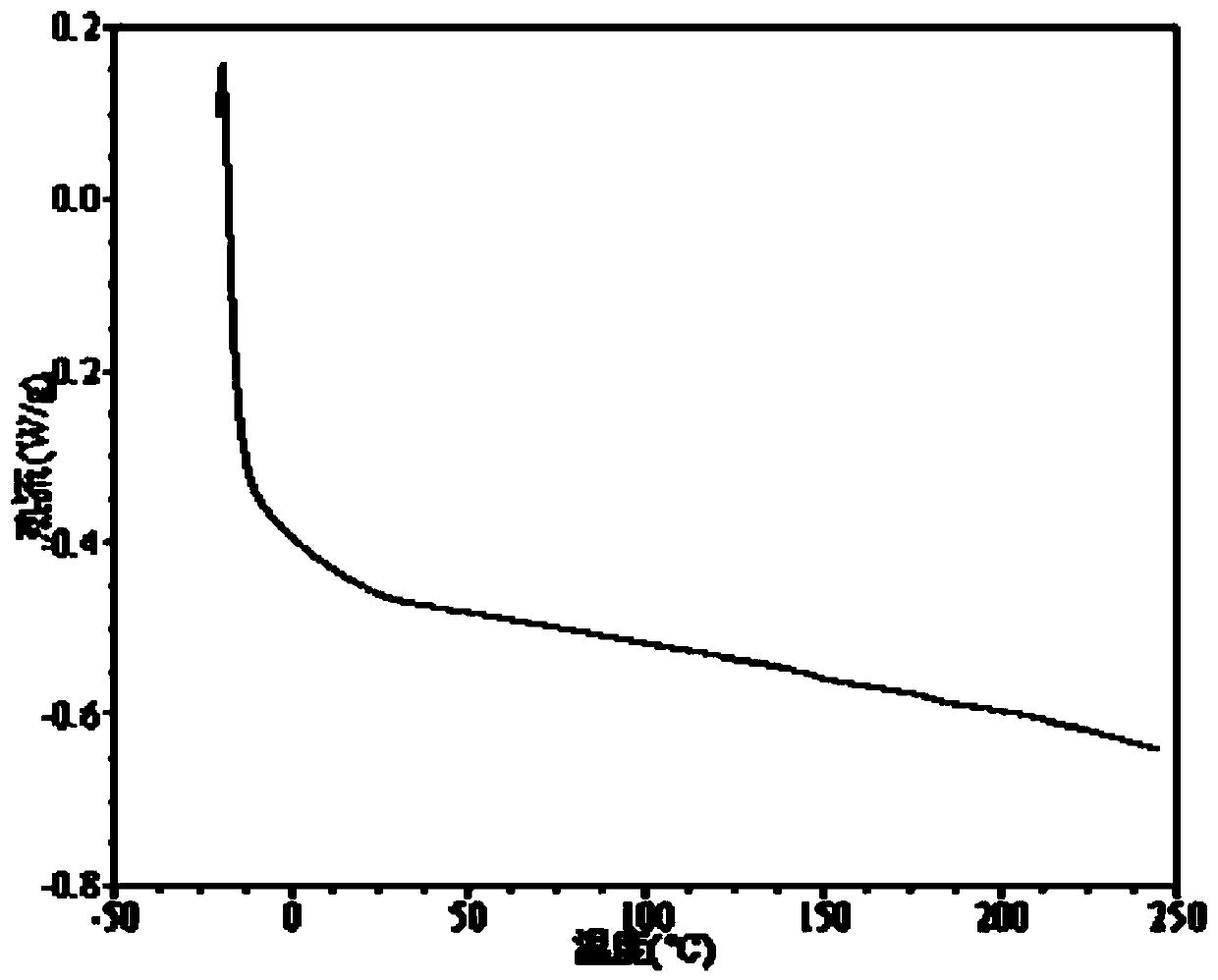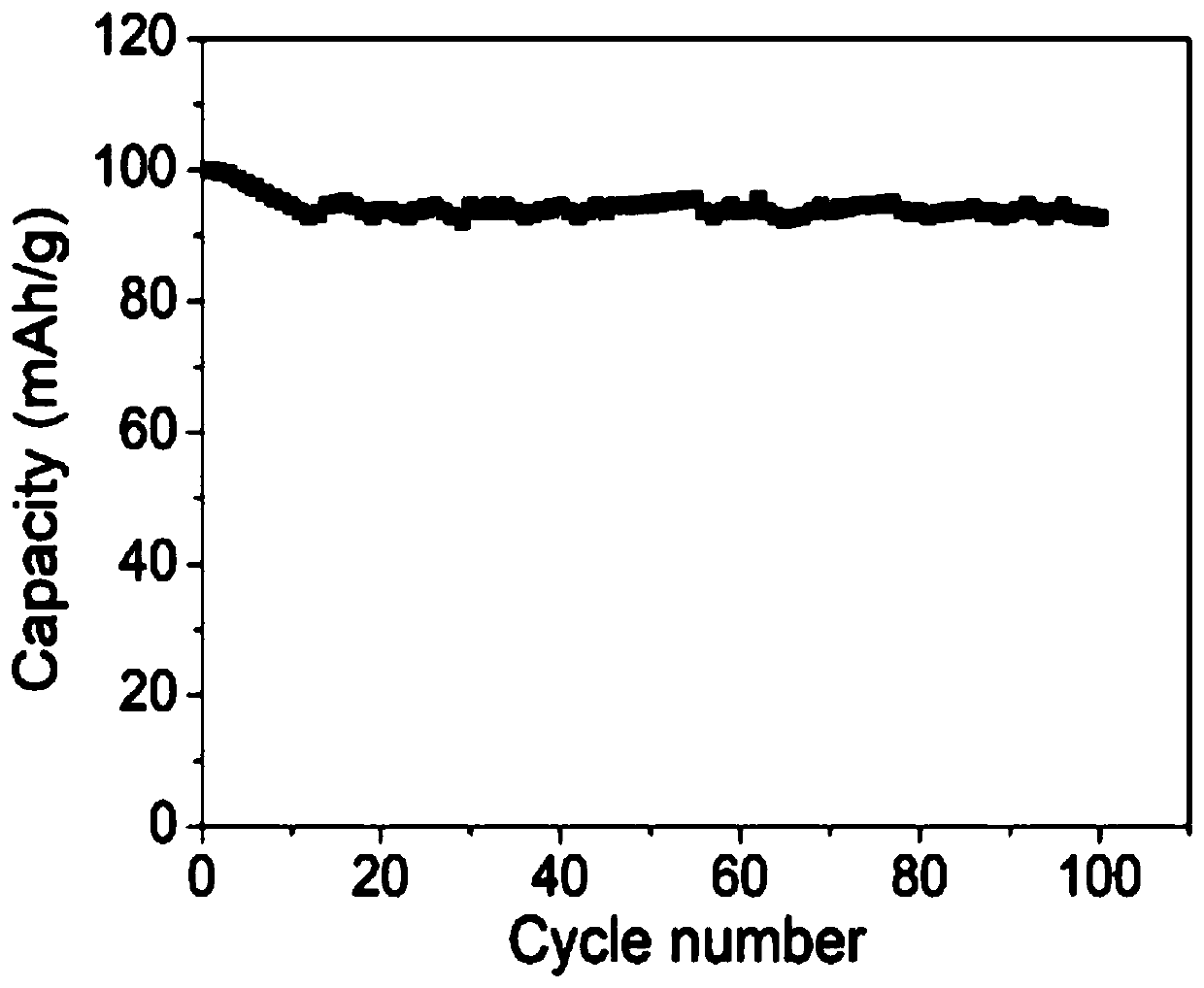Acrylate adhesive modified by long-chain unsaturated carboxylic acid or derivative of long-chain unsaturated carboxylic acid and production method and application of acrylate adhesive modified by long-chain unsaturated carboxylic acid or derivative of long-chain unsaturated carboxylic acid
An acrylate and unsaturated technology, used in the field of acrylate adhesives and its preparation, can solve the problems of poor tolerance to ester solvents, poor toughness, strong water absorption, etc., and achieve high adhesion, low modulus, The effect of low water absorption
- Summary
- Abstract
- Description
- Claims
- Application Information
AI Technical Summary
Problems solved by technology
Method used
Image
Examples
Embodiment 1
[0038] Inject pure water, acrylic acid, hydroxyethyl acrylate, initiator ammonium persulfate and emulsifier SR-10 into the reaction vessel, stir well until a homogeneous solution is formed, and add saturated sodium hydroxide solution dropwise to adjust the pH value to 6-8 . After dissolving glycerol monooleate in a mixed solution of methyl methacrylate, butyl acrylate and isooctyl acrylate, the mixed solution was injected into a reaction vessel under stirring conditions, and stirred for pre-emulsification for 1 h. Keep stirring, raise the reaction temperature to 65°C, react for 6 hours, and then cool and discharge to obtain the finished water-based emulsion adhesive.
Embodiment 2
[0040] Inject the solvent dimethyl sulfoxide and the initiator ammonium persulfate into the reaction vessel, stir well to completely dissolve the initiator. Then inject acrylic acid, glycerol monooleate, styrene, butyl acrylate and isooctyl acrylate under stirring conditions, stir until a homogeneous solution is formed, and add metered ethylenediamine to completely neutralize the acrylic acid. Raise the reaction temperature to 70°C, react for 6 hours, and then cool and discharge to obtain the finished organic solvent-based adhesive.
Embodiment 3
[0042] Take the emulsion binder as described in Example 1 (solid content is 30wt%), and prepare lithium battery ceramic diaphragm slurry (parts by mass) according to the following formula: 250 parts of pure water, 190 parts of alumina powder ceramics, viscose 25 parts of mixture, 35 parts of thickener (0.5wt% aqueous solution), 1.5 parts of dispersant, and 0.75 parts of wetting agent. The prepared slurry was coated on the surface of the separator with a 10 μm wire bar coater and dried, and the coating was uniform and compact without defects such as impurities, bubbles, and missing coatings visible to the naked eye. After the coated separator is placed in an electric blast drying oven at 130°C for 1 hour, the shrinkage in the transverse and longitudinal directions shall not exceed 2%.
PUM
| Property | Measurement | Unit |
|---|---|---|
| Peel strength | aaaaa | aaaaa |
Abstract
Description
Claims
Application Information
 Login to View More
Login to View More - R&D Engineer
- R&D Manager
- IP Professional
- Industry Leading Data Capabilities
- Powerful AI technology
- Patent DNA Extraction
Browse by: Latest US Patents, China's latest patents, Technical Efficacy Thesaurus, Application Domain, Technology Topic, Popular Technical Reports.
© 2024 PatSnap. All rights reserved.Legal|Privacy policy|Modern Slavery Act Transparency Statement|Sitemap|About US| Contact US: help@patsnap.com










